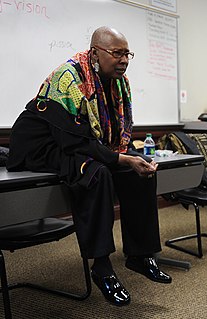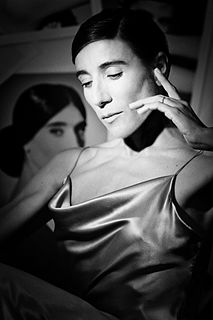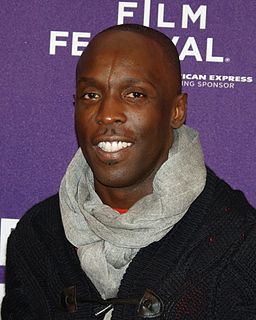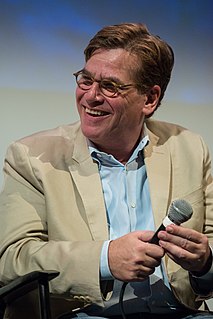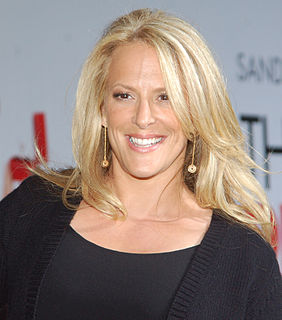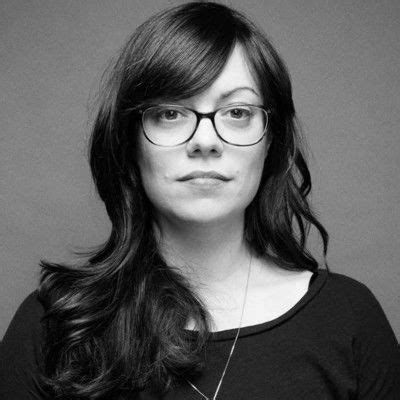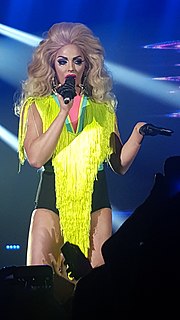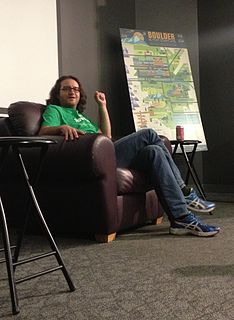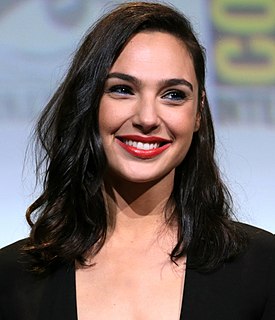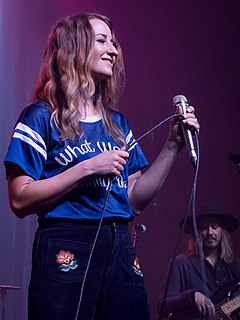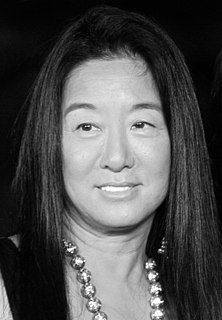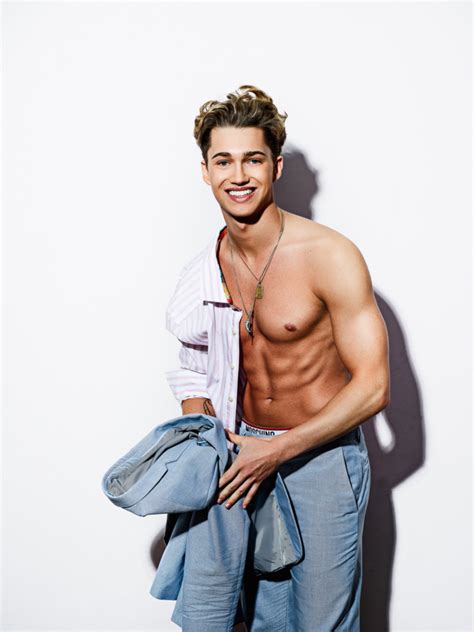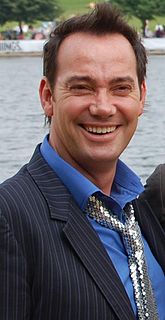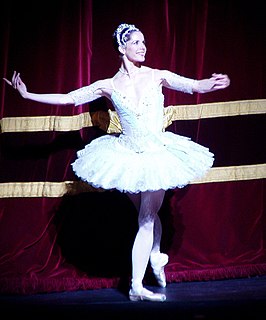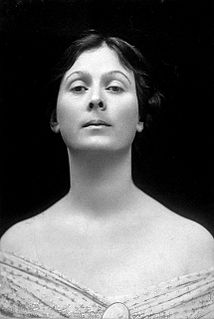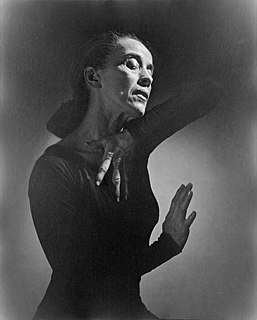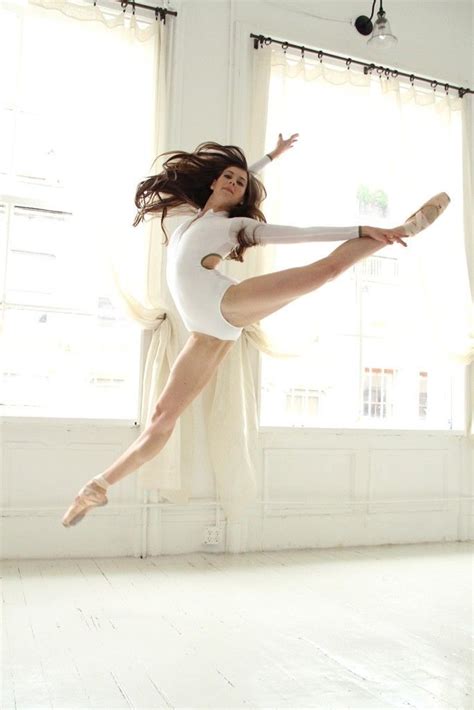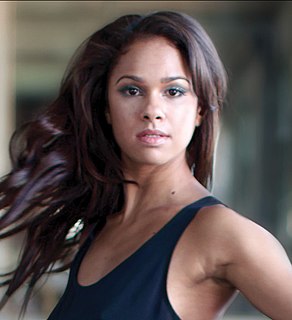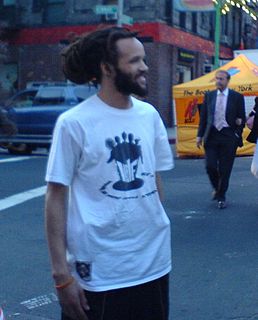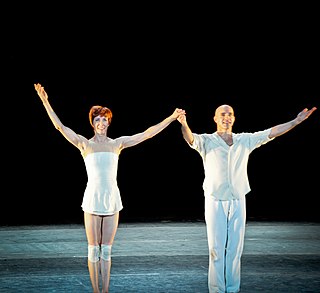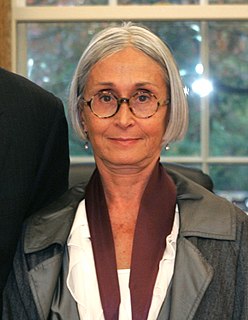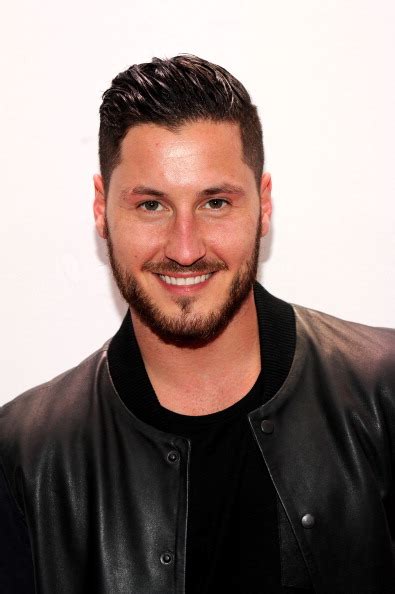A Quote by Mikhail Baryshnikov
You open a section of 'The New York Times,' and there's a review or a story on a choreographer or a dancer, and there's an informative, clear image of a dancer. This is, in my view, not an interesting photograph.
Related Quotes
My whole family is in the arts some way or the other. My father was a cellist in a symphony outside Chicago that was a side-job, he was a scientist. My mother was a dancer in New York. She was next-door neighbors with Dorothy Loudon and they moved to New York together. Mom was a dancer in New York for several years before she got married. My sister was a classical pianist. And my brother was a partier. So it all just seemed to work.
What I found interesting in dance is the idea that my work has always been dealing with the nervousness between the human subject as a subject and the human subject as a form. And if you look at my dance films, there are always these cuts between the dancer as a form, the dancer as a subject, and this kind of very harsh treatment of the dancer as someone who's actually drawing with their body.
Whether you are a skater or a dancer, without sounding narcissistic, it is all about looking in the mirror. Where I used to practice in New York City, there was a mirror so you could actually watch yourself skate. And nowadays my golf teacher will film me swinging so I can see what I am doing. Having looked first at myself and my own body for so long as one does as a dancer and a skater, it was so natural to do fashion.

